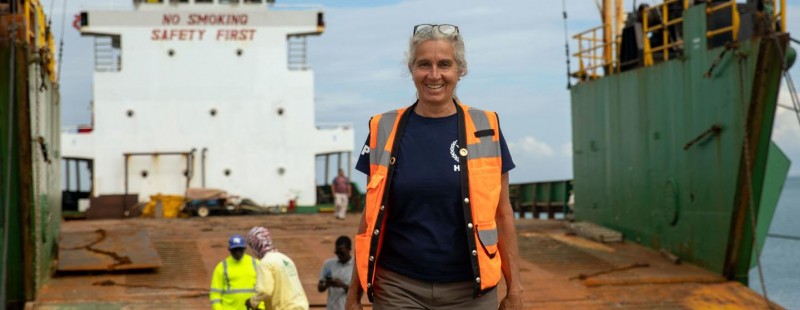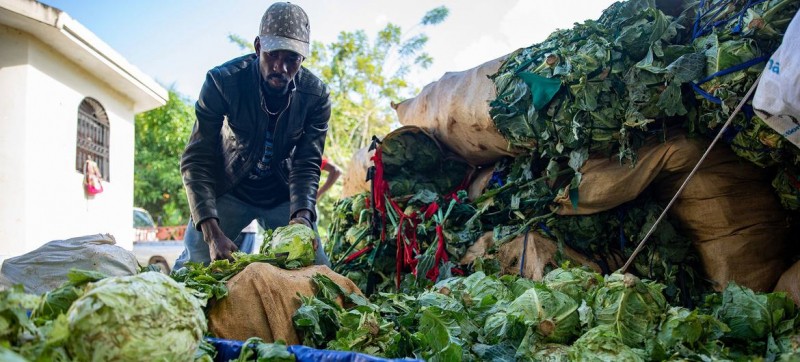Captain Madeleine Habib is a shipping officer working for the World Food Programme in Haiti. With Haiti’s highways increasingly in the grip of gangs, aid delivery by ship is becoming increasingly critical. Captain Madeleine Habib, a shipping officer working for the World Food Programme in Haiti, spoke about her experiences ahead of World Humanitarian Day, which is marked annually on 19 August. “I manage the organization’s coastal shipping service to ensure the safe transit of essential humanitarian goods and assets to the northern and southern parts of the country. A maritime alternative is increasingly critical as gang control over the highways out of the capital continues to grow. This means that the Haitian population and humanitarian actors have limited freedom of movement in and out of the capital. The situation has a huge impact on the population’s income and on the implementation of humanitarian and development projects that should support the community. This is especially true for the population of the southern peninsula of the country which is still suffering from the devastating impact of the August 2021 earthquake. Farmers in the south of Haiti are struggling to get their goods to markets One year after the disaster, I recognize that thousands of people, especially in the south, are still struggling to recover and are unable to rebuild their lives because the growing insecurity in Port-au-Prince has shattered their economic prospects. Farmers in the rural south are unable to get their produce to markets so their livelihoods are suffering. It takes a village and supply chain is an essential part of that village. We might not be on the frontline, but our network of trucks, ships and planes keeps essential humanitarian aid moving towards our beneficiaries. Our team continues to ensure the transportation of humanitarian aid to these vulnerable populations.”

WFP in Haiti
Related Posts
WEJ PROJECTS
© 2009-2025, World Economic Journal. All Rights Reserved. Republishing permitted with attribution and active hyperlink to the original source.

